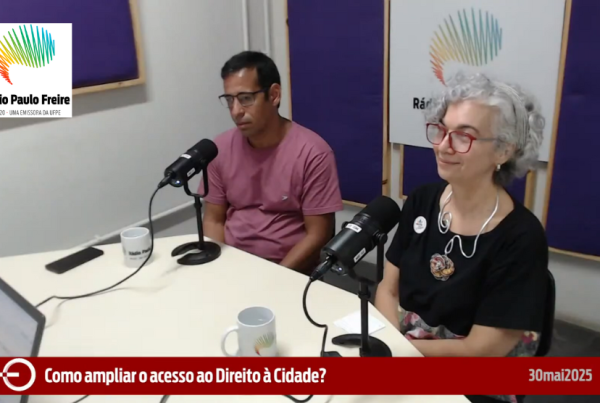The Dossier What Is at Stake in these Games? 2016 Olympics and the Commodification of the City of Rio de Janeiro also features an interview with American researcher Christopher Gaffney, who has been doing research in Brazil for the last 12 years, monitoring and measuring the social and urban impacts of sporting mega-events in Brazil and Rio de Janeiro. From 2009 to 2014, Gaffney ran the blog Hunting White Elephants, narrating the trials and hardships of a city squirming under the demands of spectacle. He has also collaborated with the INCT Observatório das Metrópoles Network, taking part in the project “Metropolização e Megaeventos: os impactos da Copa do Mundo 2014 e das Olimpíadas 2016” (Metropolization and Mega-events: the impacts of the 2014 World Cup and the 2016 Olympics).
In this interview, the researcher argues that world sporting mega-events, such as the FIFA World Cup and the Olympic Games, have become a business model in the globalized age responsible for attracting financial flows and restructuring circuits of circulation and local accumulation. He also affirms that the Rio 2016 Olympic Games represent yet another stage of this model composed of a coalition of interests between the political class, the local economic elite, and international capital flows. In short, a process with few winners and many losers.
OBSERVATÓRIO. You have pointed out that sporting mega-events have become a new business model in the global age. Could you explain that process?
CHRISTOPHER GAFFNEY. Viewing sporting mega-events as business makes all the difference in terms of analysis. When we think of the Olympic Games, what normally comes to mind is, for example, records, high-performance sport, doping and other issues. However, and when we regard a mega-event from a political viewpoint and ask ourselves why it is important for a country or city to attract this type of event? Or which coalitions of local politicians and capitals joined forces to attract the sporting mega-event? We then see there are many other interests behind it. We see there is the interest in power – of political capital to exert local influence; but there is also a process of economic accumulation of resources at local and global level, which is essential to sustain events such as the World Cup and the Olympic Games.
Accumulation requires a mechanism of accumulation, a pattern of accumulation that must be linked to the pattern of global economic policy. Therefore, we have seen the same kind of result in all cities hosting sports mega-events, such as London, Vancouver, Seoul, Athens, Atlanta; and that has been happening since the 1980s. So we can say that the Olympic Games in particular — and also the World Cup, in another way — represent a model of globalized business.
OBSERVATÓRIO. You state that this global business model is based on mechanisms such as flow, circulation and accumulation. How does that happen?
C. G. In order to stimulate the accumulation of power and capital, it is necessary to stimulate the generation of new flows to a city or location. That is, placing a city on the global map means enabling the international financial flows to get to know that city, understand how it operates, and know that its doors will be open for business. This process attracts investment and further capital flows to a specific place – tourism, events, business deals and companies, and so forth. Therefore, when a city makes a bid to host the Olympic Games, it serves as an international notice sign: “We are open for business.” That is, the city is for sale, its land, its spaces are for sale, or can be rented. In this sense, the citizens are also for sale, because they also take part in this process.
This sign points in various directions; it is a milestone for international financial flows, as well as for regional and local capitals interested in a share of the business.
Then, when a city is chosen to host the games — like Rio de Janeiro in 2009 — there is an increase of financial flows coming from all directions, interested in further business deals. However, for these flows to turn into accumulation and, consequently, power, they must be placed in a circuit of circulation, whether by means of information in fiber-optic networks, in international media centers and/or large stadiums capable of accommodating the world’s affluent tourists. Another example of circuit of circulation is new transportation systems that confirm or indicate new economic and political centralities in the territory. So this process of reordering a city’s system of circulation has implications for its political economy and the accumulation process of its population.
That is a key issue in Rio de Janeiro, since the entire public transportation system is privatized – in the hands of private companies. And the cases of corruption and bus company mafias are notorious, such as non-transparent bidding processes, as was the case of the Linha Quatro metro project.
This triangle — which is Lefebvrian and dialectical in a certain sense — shows that power is placed at the center. The next step is to stimulate the flows and then direct the circuits of circulation to places which have already been dimensioned based on existing local economic conditions. In this sense, the local actors can accumulate more by exercising power in the territory to generate further flows, circulation and accumulation.
Dossier What Is at Stake in these Games? 2016 Olympics and the Commodification of the City of Rio de Janeiro.

Publicado em Entrevistas | Última modificação em 04-08-2016 19:29:12

















